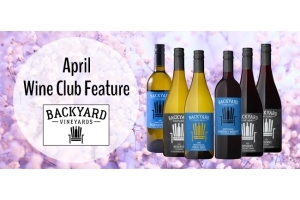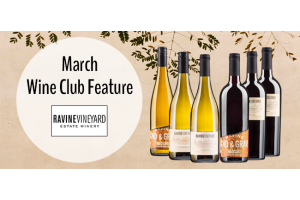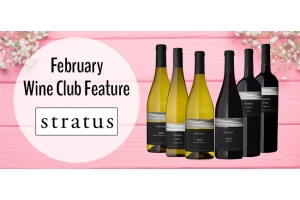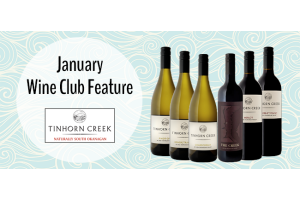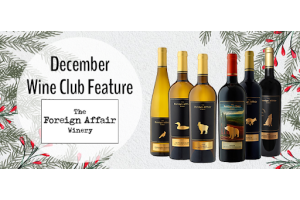Wine 101: Cellaring On A Budget

Wine. This vast topic is both a symbol of pleasure and an intimidating subject. Meant to share and to celebrate life, wine also carries myths and snobbery. One of these myths is that one needs to be rich to have a wine cellar.
When I first fell in love with wine, I was a poor university student who was devoting my days to practicing classical trumpet to become an orchestra player. Money was everything but abundant. Every penny was counted to make ends meet. Yet, I still found a way to start a cellar. Sound strange? Not really. Cellaring wine starts from the moment you decide to put wine away with the intention to drink it later. I am not talking about buying a bottle to drink the next day. I am talking about putting it down for a year or more. That’s the full concept of a wine cellar. And one does not need to be rich to do that.
For those who know a little bit about wine, Bordeaux, Burgundy, Barbaresco, Barolo and Brunello di Montalcino are amongst the classic labels you seek and find in big cellars. As I explained in my article ‘What It Takes To Age Well’, they have the genes to get better with time. But these bottles are expensive. They’re certainly not the bottles I was purchasing as a music student.
Beyond these classics, the world of wine is full of well-priced gems that one can buy without breaking the bank. These smart buys require a bit of knowledge and homework. Here is the magic equation: seek a reputable producer, a good vintage, and a grape that is known to age well. Another tip: off the beaten path regions and lesser-known wines are generally more affordable. For whites, I immediately think of German Riesling, Chenin Blanc from the Loire Valley (Vouvray and Savennières), and Semillon from the Hunter Valley. Grüner Veltliner from Austria is another gem. When it comes to red, Cabernet Sauvignon from Coonawarra, Madiran in South West France, reds from the Douro Valley in Portugal and Chilean Cabernet Sauvignon have proven to me time and time again that you don’t need to be rich to have a cellar. It’s always a nice surprise when you open a bottle of wine you purchased 10 years ago for $15-$20 that has the wow factor. You just wish you had more.
What about Canadian wines? In my opinion, right now it’s all about Riesling. As I mentioned in my previous article, we’re a young industry. With time, I am sure we will witness other grapes that distinguish themselves. Why not start your cellar with the following Canadian Rieslings: Tantalus 2014 Riesling, 13th Street 2013 June’s Vineyard, Tawse 2012 Wismer Lakeview and 2013 Orofino Scout Vineyard. Buy 3 bottles of each if you can. This way you can witness the evolution of the wines over the years by drinking the bottles at different times (at 3, 5, and 7 years).
Cellaring wine brings joy and disappointment. There are times when something did not age the way you thought it would - this is just part of the journey. But when the price tag is reasonable, it does not hurt as much. And when everything works out, it is truly special. You share a piece of history and create a new story with the people you're with. You’re reminded why wine is so special, and that is what it is all about. Santé!
Michelle Bouffard is a wine educator and journalist who splits her time between Montréal & Vancouver. She co-owns the Vancouver-based company ‘house wine’ and is the president of the BC Chapter of the Canadian Association of Professional Sommeliers. She Tweets @michellebwine and Instagrams @michellebouffard.





